About 13,000 feet below the ocean’s surface lies the dark, sandy seafloor. Because sunlight cannot penetrate these depths, almost nothing can live there, and there are certainly no plants.
However, scientists believe they have discovered the impossible: mineral-rich rocks that create “dark oxygen” without sunlight. This finding has already led to mining expeditions, but experts are worried about the toll these projects will take on the already fragile ocean ecosystem.
What Is Dark Oxygen?

Oxygen is a naturally forming chemical element that is absolutely essential to life on planet Earth. Humans and animals take in oxygen in the air and turn it into carbon dioxide, while plants take the carbon dioxide and turn it into oxygen through the process of photosynthesis.
But dark oxygen is a little different. Scientists define dark oxygen as the chemical found in the depths of the ocean that hasn’t been generated by photosynthesis.
Dark Oxygen Was Thought Impossible Until 2024

It’s important to understand that until earlier this year, scientists believed that the formation of oxygen without photosynthesis was impossible. The phenomenon was first noted in 2013, but researchers were so shocked, they believed for years that the equipment was displaying false results.
Professor Andrew Sweetman from the Scottish Association for Marine Science explained, “I first saw this in 2013 – an enormous amount of oxygen being produced at the seafloor in complete darkness. I just ignored it because I’d been taught – you only get oxygen through photosynthesis.”
Sending the Sensors Back
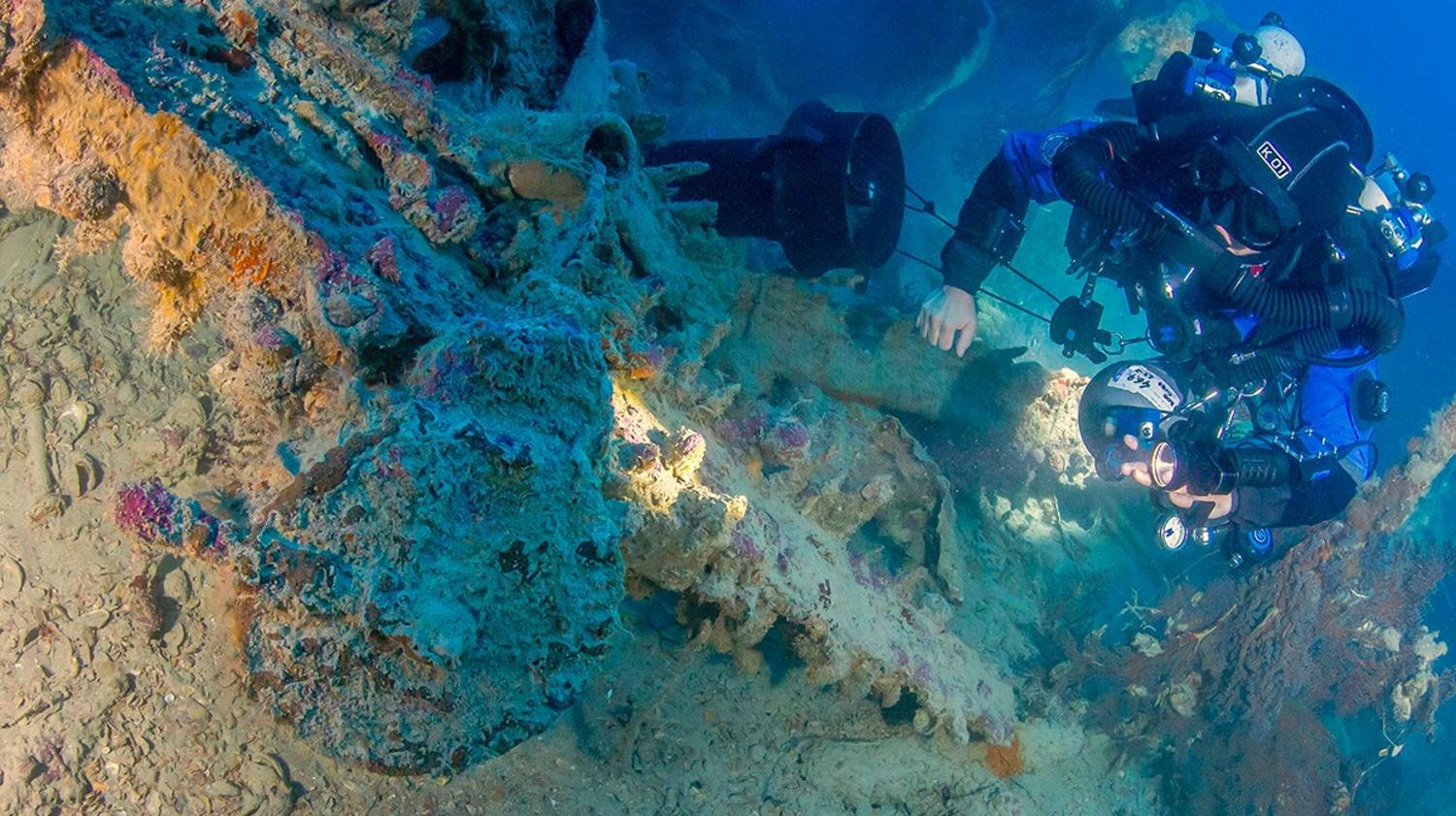
At first, Professor Sweetman assumed that his technology was faulty. He said, “I basically told my students, just put the sensors back in the box.”
He continued, “We’ll ship them back to the manufacturer and get them tested because they’re just giving us gibberish. And every single time the manufacturer came back: ‘They’re working. They’re calibrated.’”
Finding Dark Oxygen in Mineral-Rich Nodules

After continuing to use the sensors along the floor of the Pacific Ocean, Sweetman and his team realized that the so-called dark oxygen was being emitted from tiny rock-like structures.
Except they weren’t rocks; they were metallic nodules made from minerals like cobalt, copper, and lithium.
How Do Metallic Nodules Create Oxygen?
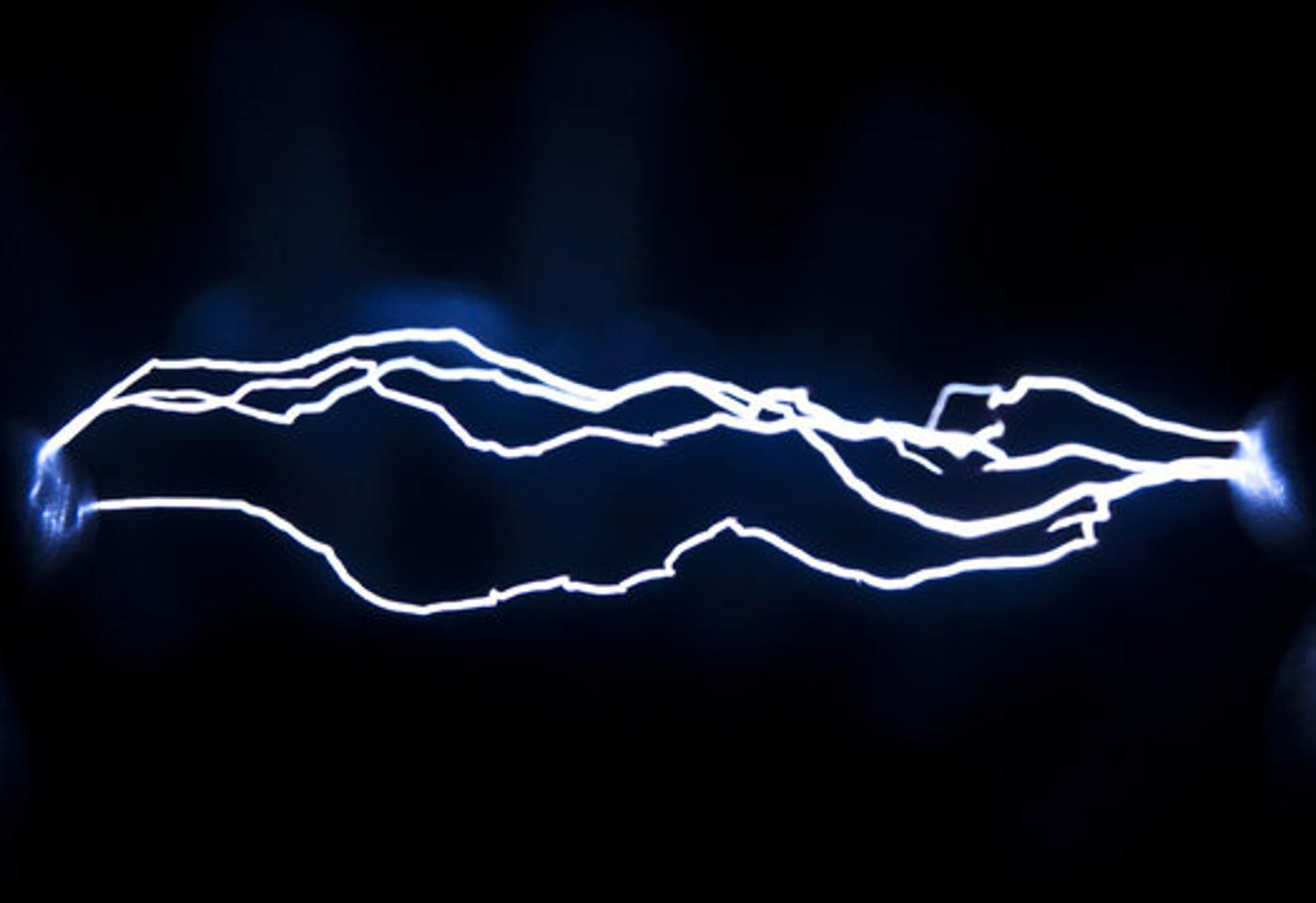
After extensive research, scientists have deduced that these nodules don’t use photosynthesis but electrolysis to create oxygen.
Instead of internalizing carbon dioxide, the nodules can separate the hydrogen and oxygen in the water thanks to an internal electrical current. The rare metals in the nodules function as a kind of chemical battery for that electrical current and consequent electrolysis.
This Discovery Could Change the Way Scientists Understand Life
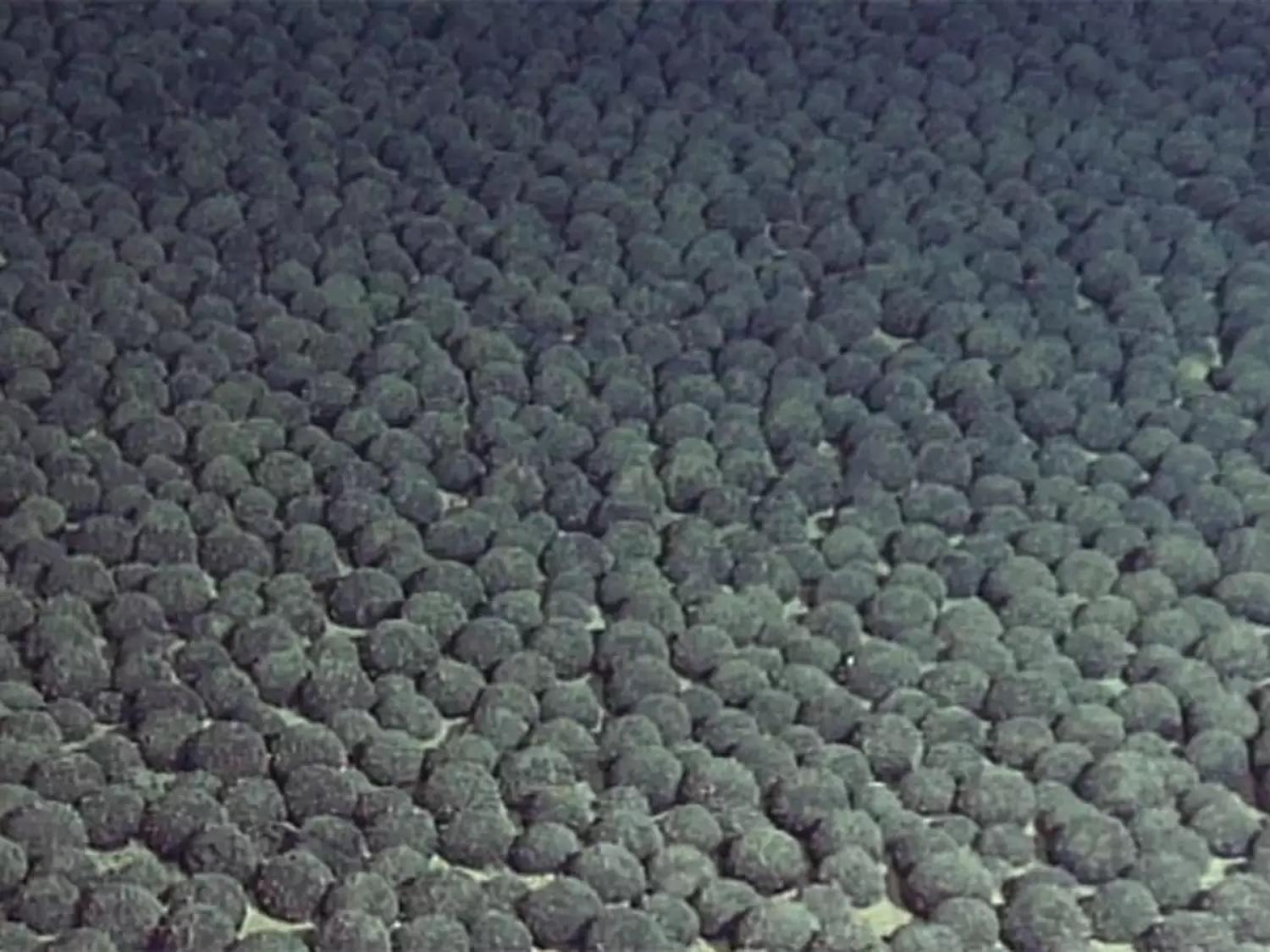
For centuries, scientists have tried and failed to determine with absolute certainty how life began on our planet. To this day, they still can’t say for sure, though there are several theories.
However, none of these theories considered the fact that oxygen could be created on the seafloor without sunlight. So, this discovery could ignite new and possibly provable theories about the beginning of life on Earth.
The Discovery of Nodules Could Be Problematic for the World’s Oceans
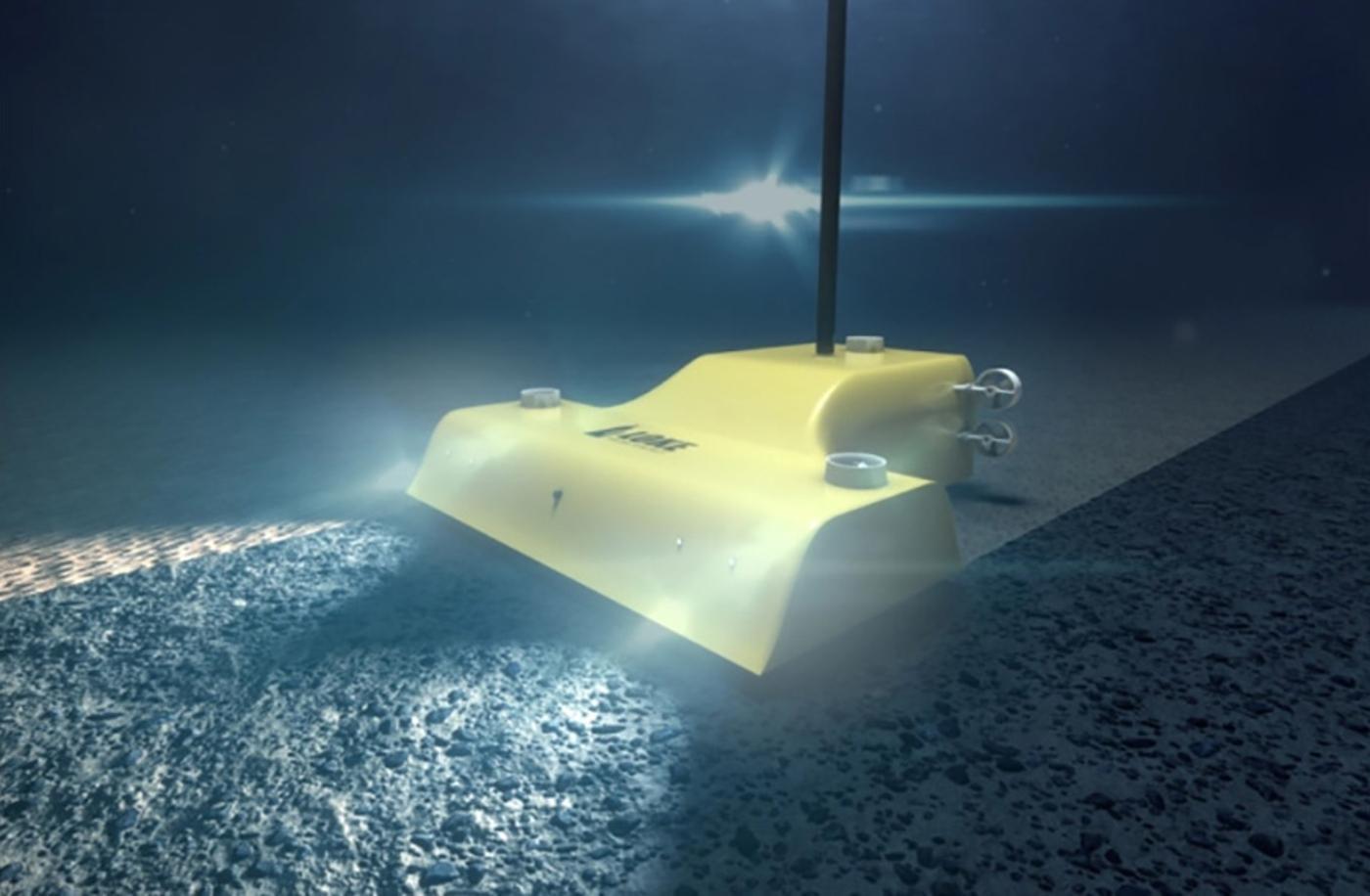
Unfortunately, this incredible finding also presents a problem. Now that people know the nodules on the ocean floor are rich in lithium, cobalt, and copper, they will want to harvest and use them.
In fact, mining more nodules has already begun in earnest in the deep oceans around India. Germany, India, China, and South Korea already have exploration licenses for the mining of polymetallic nodules in the Indian Ocean.
What Will the Nodules Be Used For?

These countries argue that land mining has almost reached the point of complete saturation, and the nodules on the ocean floor could help minimize mining and potentially protect the planet from the side effects of climate change.
The minerals found in these nodules, specifically lithium and copper, are used in technology, such as electric vehicle batteries and charging stations, solar panels, and even smartphones. Which, of course, means they would help decrease the need for fossil fuels.
Why Is Mining the Nodules Dangerous?

However, mining for these mineral-rich nodules undoubtedly has downsides. According to the National Oceanic and Atmospheric Administration (NOAA), more than half of the world’s oxygen comes from the ocean.
Although they don’t yet know just how much of this oxygen is released by the nodules, scientists like Sweetman are worried that if too many of them are removed from the sea, it could be wildly detrimental to the natural function of the planet.
The World’s Oceans Are Already Incredibly Fragile

Of course, the unfortunate truth is that the world’s oceans are already in an incredibly fragile state.
From marine heatwaves to ocean pollution, extensive sonar use, and rising sea levels, many environmentalists are worried that any further human interference could push them to the breaking point.
The Goal Is to Save the World From Climate Change
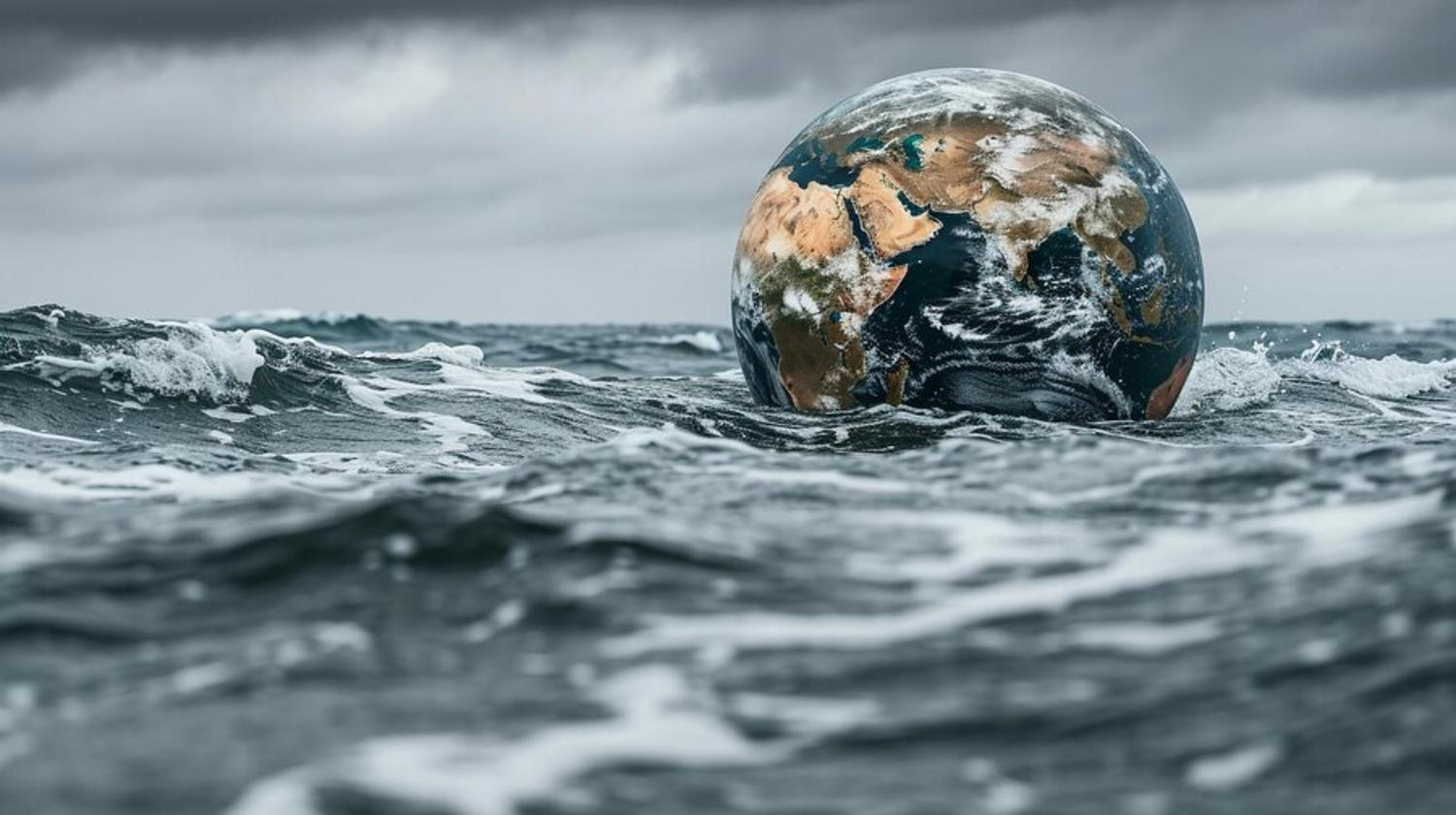
It’s crucial to understand that while the collection and use of fossil fuels are unquestionably negatively affecting our planet, if we simply transition to using other natural resources that the Earth needs to survive, we won’t be solving the problem.
Yes, electric vehicles, solar panels, and wind turbines will minimize the need for fossil fuels, but if we remove the metallic nodules from the ocean floor and mine the entire planet for lithium and copper, the planet will continue to decline until it is all but uninhabitable.








































